List
Regional Development Councils (RDCs)
| Location | Region (regional designation) | RDC | Official site |
|---|---|---|---|
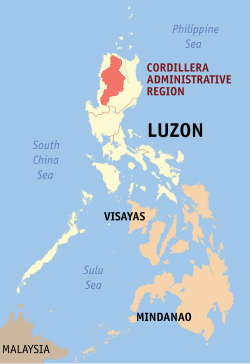 | Cordillera Administrative Region (CAR) | Regional Development Council – CAR | Official website |
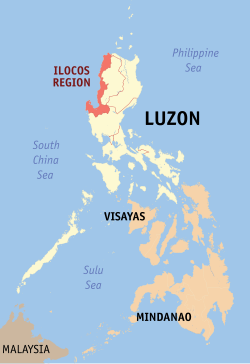 | Ilocos Region (Region I) | Regional Development Council – Region 1 | Official website |
 | Cagayan Valley (Region II) | Regional Development Council – Region 2 | Official website |
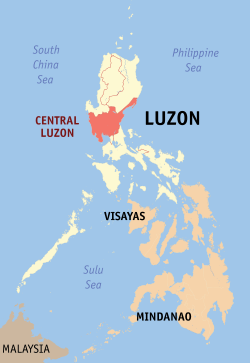 | Central Luzon (Region III) | Regional Development Council – Region 3 | Official website |
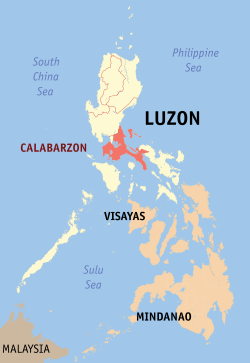 | Calabarzon (Region IV-A) | Regional Development Council – Calabarzon | Official website |
 | Mimaropa (Southwestern Tagalog Region) [a] | Regional Development Council – Mimaropa | Official website |
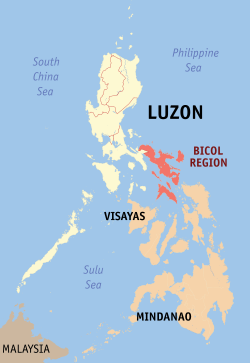 | Bicol Region (Region V) | Regional Development Council – Region 5 | Official website |
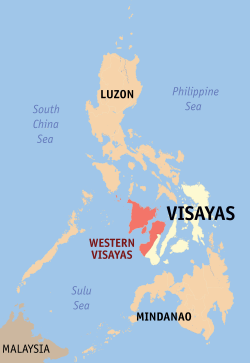 | Western Visayas (Region VI) | Regional Development Council – Region 6 | Official website |
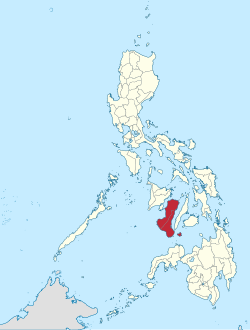 | Negros Island Region (NIR) | Regional Development Council - NIR | N/A |
 | Central Visayas (Region VII) | Regional Development Council – Region 7 | Official website |
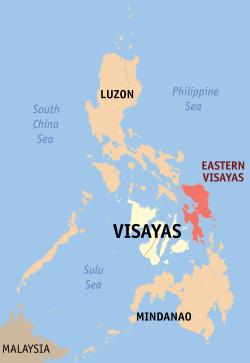 | Eastern Visayas (Region VIII) | Regional Development Council – Region 8 | Official website |
 | Zamboanga Peninsula (Region IX) | Regional Development Council – Region 9 | Official website |
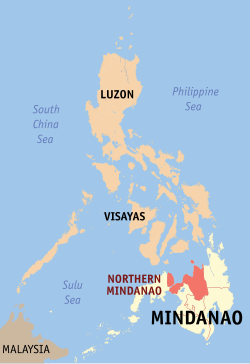 | Northern Mindanao (Region X) | Regional Development Council – Region 10 | Official website |
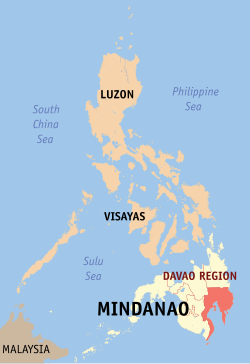 | Davao Region (Region XI) | Regional Development Council – Region 11 | Official website |
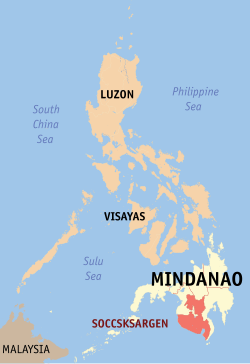 | Soccsksargen (Region XII) | Regional Development Council – Region 12 | Official website |
 | Caraga (Region XIII) | Regional Development Council – Region 13 | Official website |
- ↑ Formerly designated as Region IV-B until 2016.
RDC-equivalent body in other regions
| Location | Region (regional designation) | RDC-equivalent body | Official site |
|---|---|---|---|
 | National Capital Region (NCR) | Metro Manila Council (MMC) | Official website |
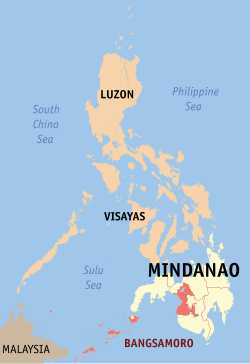 | Bangsamoro (BARMM) | Bangsamoro Economic and Development Council (BEDC) | Official website |